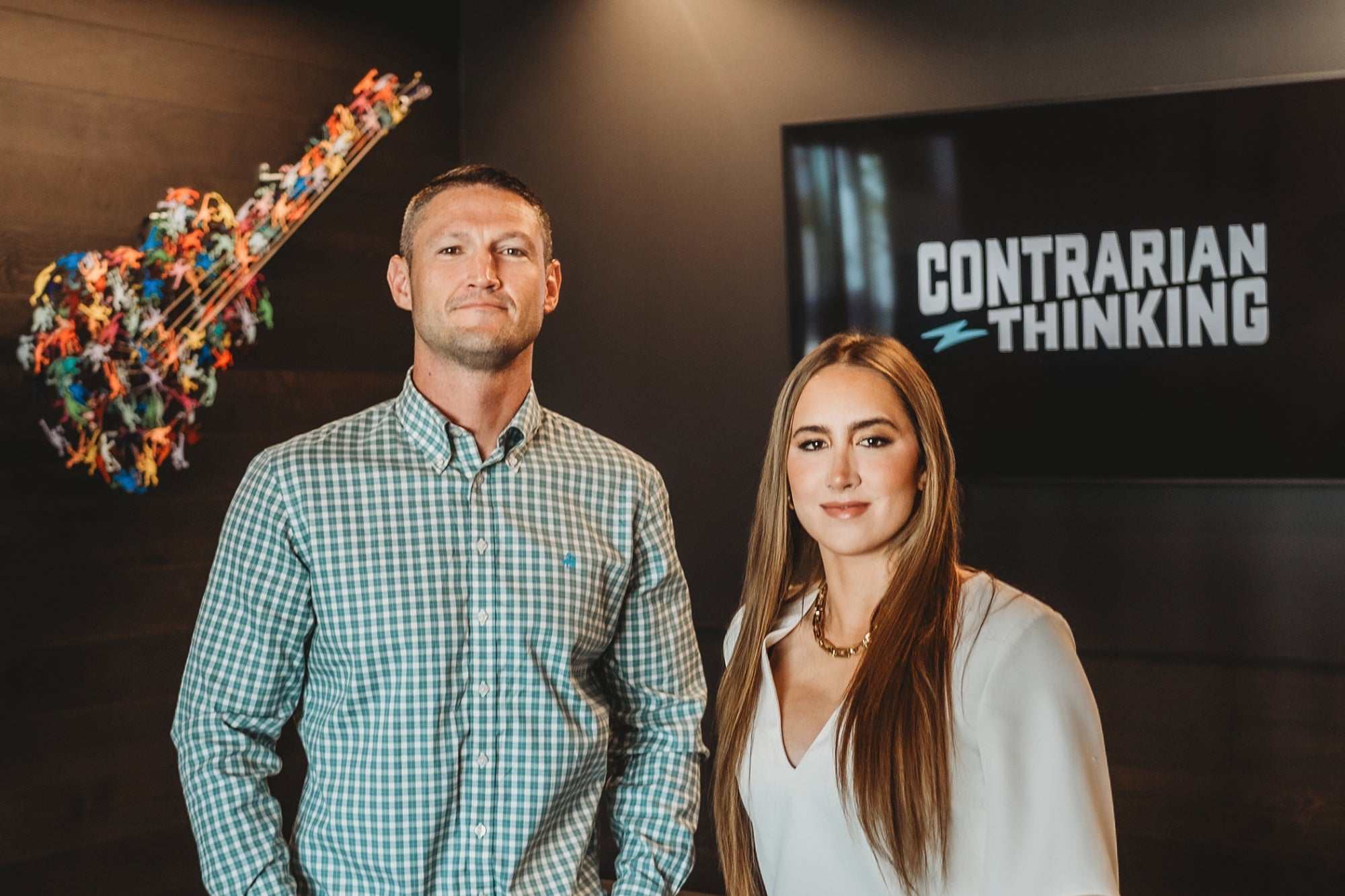The Future of Data Is Streams, Not Snapshots Three steps for stepping up your numbers game in the age of immediacy.
By Rashan Dixon Edited by Dan Bova
Opinions expressed by BIZ Experiences contributors are their own.

Data may form the foundation of 21st century business strategy, but in the age of immediacy, data alone doesn't cut it. Consumer sentiments and market opportunities can shift at a moment's notice, which means companies with snapshot-style data collection tactics frequently miss their chance to get ahead.
According to the 2019 Data Decisions Report by Exasol, 57 percent of companies have suffered because their access to data is either too slow or poor in quality. This gap will only continue to grow as the difference in utility between real-time data access and snapshots widens. Business leaders need constant streams of data to make regular, informed decisions about strategies for marketing, sales, procurement and everything else that makes their company run.
Switching from snapshots to streams poses several challenges, though. High costs and confusing barriers to entry often prevent company leaders from making the switch. Only by understanding the roadblocks -- and the advantages that lie beyond -- can BIZ Experiencess develop better data strategies.
Better access to data makes business decisions easier and more profitable. With a bit of setup and the proper tools, companies of all sizes can enjoy the benefits of more relevant information feeds. Use these strategies to create a dependable stream of business insights:
1. Pick the right segments.
Not all data is created equal. Instead of collecting everything possible and sorting through it later, identify the important bits and collect only what's necessary to keep the decision-making process simple. Two crucial ones to the profit equation are expenses and revenue. Cash-flow technology firm Kabbage offers the Kabbage Small Business Revenue Index, which is updated using real-time data from more than 200,000 small businesses. Its goal is to help BIZ Experiencess evaluate their revenue nationally, by state and by industry. Using it, companies can track their own performance and identify market opportunities. Benchmarking expenses is more difficult, but many payment platforms make it easy to set up your own stream. Use a tool like Zapier to copy posted expenses into a spreadsheet. Display them as a line graph, which you can watch grow in real time toward a limit you set. Share the feed with anyone who has a company credit card or bank access.
Related: Here's Why it Pays to Track Every Tiny Business Expense
2. Track and optimize ROI.
Back in the day, businesses had to wait months to figure out whether their billboards and television commercials provided the returns they wanted. Those days are over. BIZ Experiencess who wait for the postmortem meeting to analyze the data from their efforts are leaving optimization opportunities on the table.
As part of each campaign's setup, decide which metrics you want to track. Marketing platform Kissmetrics provides daily updates to users on up to five metrics of their choice. Watch for trends, and compare them to your timeline of changes. If sign-ups decline every day for a week after switching up your CTA, for example, you might want to try a different one. Beware, though, that daily fluctuations don't tell the whole story. Things happen that are outside of your control. Monitor those metrics by the day, week and month to understand whether a change is truly a trend.
Related: Best Ways to Use Data in Making Decisions
3. Turn confusing pools into usable displays.
Data scientists make big bucks because they can look at unfiltered pools of data and figure out what they mean. Not many executives and business owners would qualify for data-science roles, but they still need to know what their data shows and how to leverage those findings. Invest in tools that convert collected data into more manageable displays. Data visualizers like Tableau can be hooked to Vertica, a columnar storage tool, for near-real-time analysis. Using drag-and-drop tools, users with no programming experience can track things like sales and fleet vehicle status.
Five years ago, non-technical BIZ Experiencess needed to call a developer even for data snapshots. With today's translation tools, they can turn rushing data streams into orderly dashboards. Stop looking at snapshots, and start thinking about how to collect, analyze and do more with the data flooding in.












